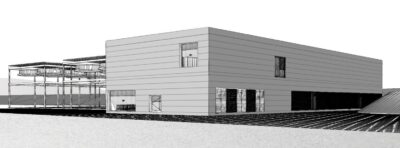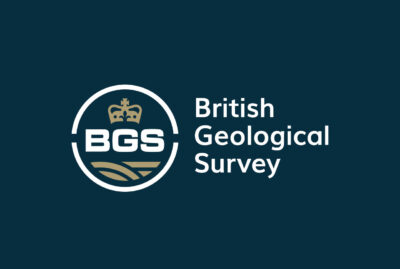Abandoned geothermal well in St. Gallen finds science research purpose
The abandoned well of the geothermal project in St. Gallen in Switzerland has find a new purpose for a scientific research project funded by the EU.
The city council of St. Gallen in Switzerland has announced wanting to wait with the definitive sealing of the 4,450 meter deep geothermal well “St. Gallen GT-1”, which was drilled for a geothermal project. The well is currently used by science as part of the EU’s Science4CleanEnergy program.
For nearly five years now, heavy rust-red steel plates have been laid over the “St.Gallen GT-1”, the geothermal well that was provisionally sealed almost exactly five years after an earthquake and gas from the well stopped the project.
A steel geothermal memorial chisel commemorates the pioneering St.Gallen energy project, that came to an end with an earthquake five years ago and made headlines all over Switzerland and internationally.
A project of the European Union
Started this year and until 2020, the 4,450 meter deep hole is used by researchers of the EU program «Science4CleanEnergy». Scientists want to find out how deep holes affect the environment. Participation in the program does not cost the city anything, as City Councilor Peter Jans, head of the Technical Operations Directorate, says. On the contrary, the European Union will pay the city of St.Gallen a six-figure sum over three years. That’s a breeze, after all, compared to the roughly CHF38 million literally “lost” by the city in connection with the geothermal project.
The City Council had carefully clarified other uses other than scientific ones and reported them in detail in 2016 in response to a postulate of Jürg Brunner and René Neuweilers (both SVP). After it was clear that there was too little hot water in the subsoil, experts clarified whether the extraction of natural gas would make economic sense. The result: it is not. With an optimistic assumption of 10 million standard cubic meters of natural gas, the estimated investment of CHF 6.5 million it would have needed to produce gas would far outweigh the CHF 3.5 million in revenue. Ten million standard cubic meters of natural gas correspond to around 110 gigawatt hours of energy. A comparison: sales of St.Galler Stadtwerke (SGSW) to end customers amounted to just under 780 gigawatt hours in 2017. This means that the natural gas from the “St.Gallen GT-1” well would be used up after two months.
Jans also tested the installation of a geothermal probe. This, too, does not make economic sense at present, says the successor to city councilor Fredy Brunner, the spiritual father of the St.Gallen geothermal project, which finally failed. Nevertheless, Jans does not criticize the St.Gallen geothermal pioneers. On the contrary, he praised them and the voters for the courageous decision of that time. St.Gallen has recognized that the energy transition and the goals set out in the Energy Concept 2050 are necessary and that it is worthwhile investing in them.
CHP and photovoltaic as compensation
The expected energy from the geothermal project must be compensated, according to Jans. In the case of heat, this was partly achieved by expanding the KHK. In the production of electrical energy as compensation for those from hot water, the city promotes photovoltaic systems, and build them facilities for the heat-power coupling.
The city council definitely does not want to close the borehole. “Technology is making progress,” says Peter Jans.
Source: Tagblatt


















